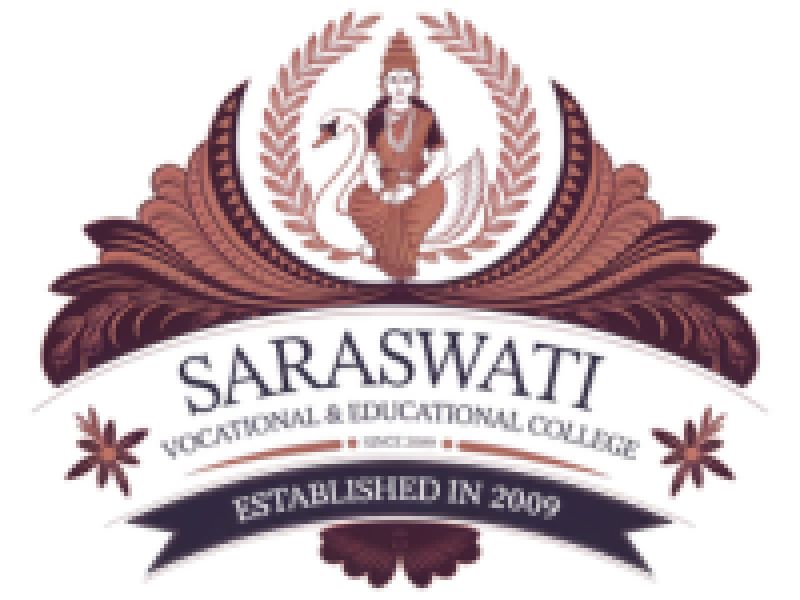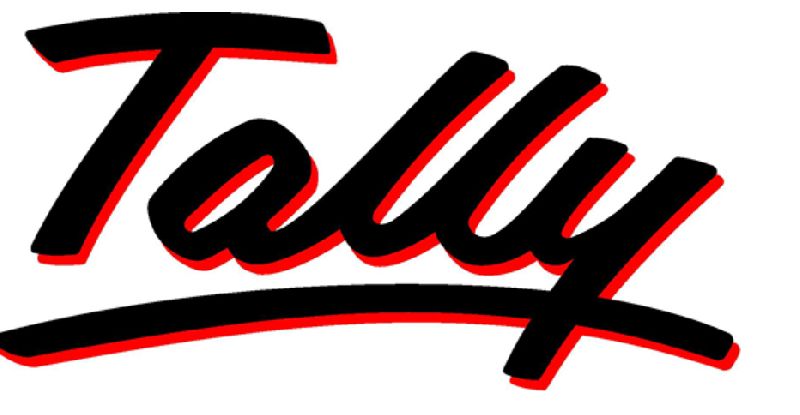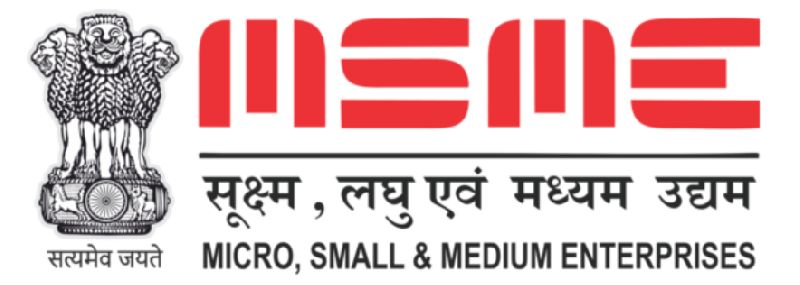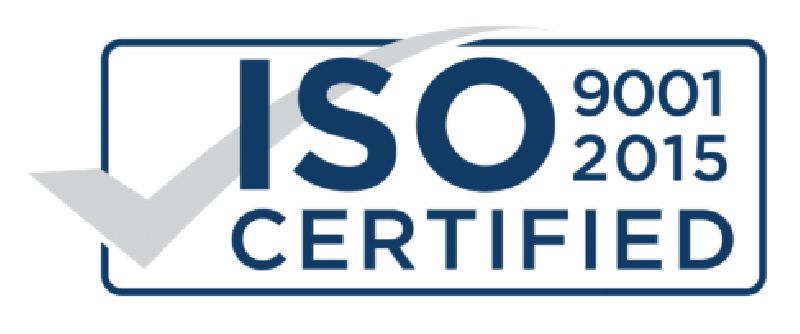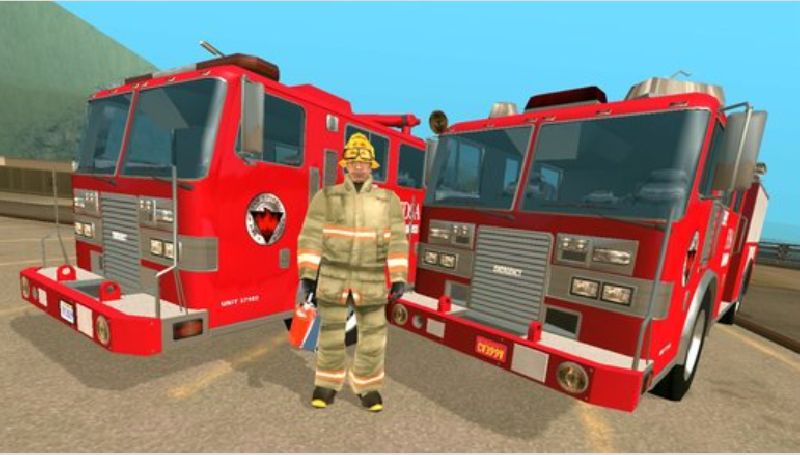
Educational Qualification:
Minimum: 10th pass (matriculation) from a recognized board
Age Limit:
Minimum: 18 years
Maximum: Generally up to 28 years
Physical Fitness:
Physically and medically fit
May require physical endurance tests (running, height, weight, vision, etc.)
Role of fire fighters
Types of fire services: Urban, industrial, airport, forest, etc.
Organizational structure of fire departments
Definition, causes, and behavior of fire
Classification of fire (A, B, C, D, K)
Principles of combustion
Fire triangle and tetrahedron
Effects of heat and smoke
Fire detection systems: Smoke, heat, flame detectors
Fire alarm systems
Fire extinguishers: Types, uses, and operation
Sprinkler systems, hydrants, and hose reels
Passive and active fire protection
Hoses, nozzles, ladders, and breathing apparatus
Fireman’s gear and safety PPE
Rescue tools (cutters, spreaders, rope)
Fire trucks and water tenders
Methods of fire suppression
Entry, ventilation, and search techniques
Evacuation procedures
Rescue from high-rise buildings, confined spaces, vehicles, etc.
Emergency medical first aid
Identifying fire hazards in residential, commercial, and industrial setups
Risk assessment and mitigation strategies
Safe handling of hazardous materials (HAZMAT)
Fire drills and emergency planning
Natural and man-made disasters
Role of fire services in disaster relief
Incident command system (ICS)
Coordination with police, ambulance, NDRF, etc.
Hose laying and ladder drills
Fire extinguishing with live fire
Mock rescue and casualty evacuation
Handling breathing apparatus and smoke chamber
Physical fitness and obstacle training

Course Code : M-ITIMM01

Course Code : M-ITIMM02

Course Code : M-ITIEVM01
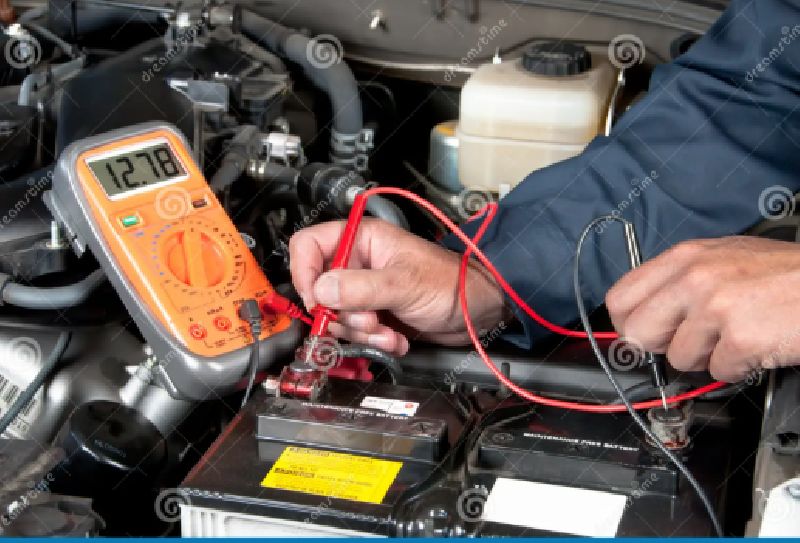
Course Code : M-ITIEVM02

Course Code : M-D-MLT01

Course Code : M-D-MLT02

Course Code : M-ITIADS01

Course Code : M-ITIADS02

Course Code : M-DHSI01

Course Code : M-DHSI02

Course Code : M-ITIDM01

Course Code : M-ITIDM02

Course Code : M-ITIDMC01

Course Code : M-ITIDMC02

Course Code : M-DBM01

Course Code : M-DBM02

Course Code : M-DFD01

Course Code : M-DFD02

Course Code : M-CFT01

Course Code : M-CFT02

Course Code : M-ADCA01

Course Code : M-ADCA02

Course Code : M-DHM01

Course Code : M-DHM02

Course Code : M-HM01

Course Code : M-HM02

Course Code : M-DRM01

Course Code : M-DRM02

Course Code : M-PTT01

Course Code : M-PTT02
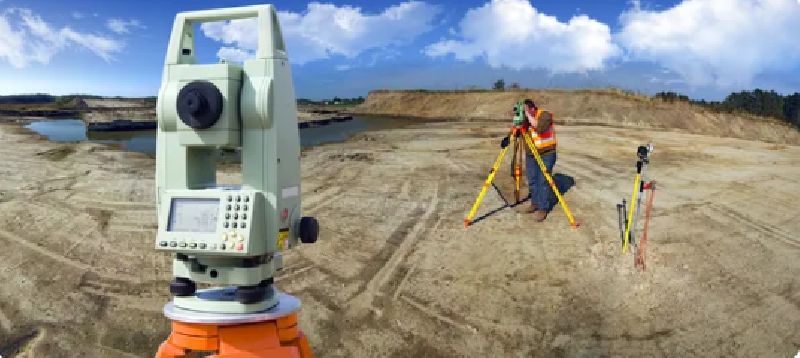
Course Code : M-ITISP01
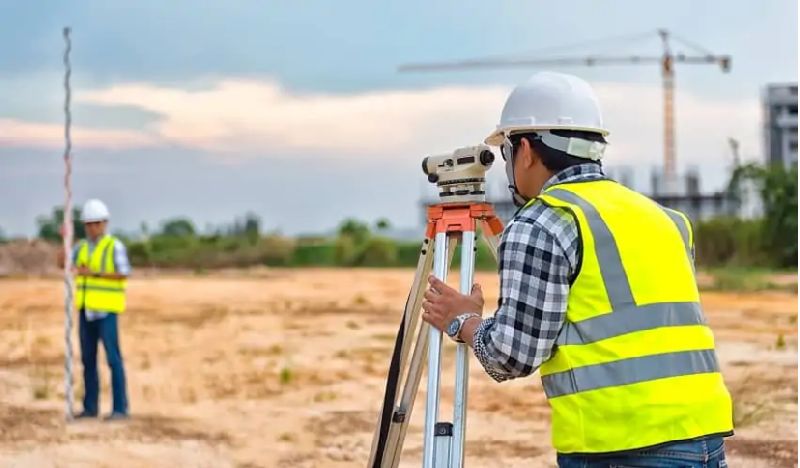
Course Code : M-ITISP02

Course Code : M-CMS01

Course Code : M-CMS02
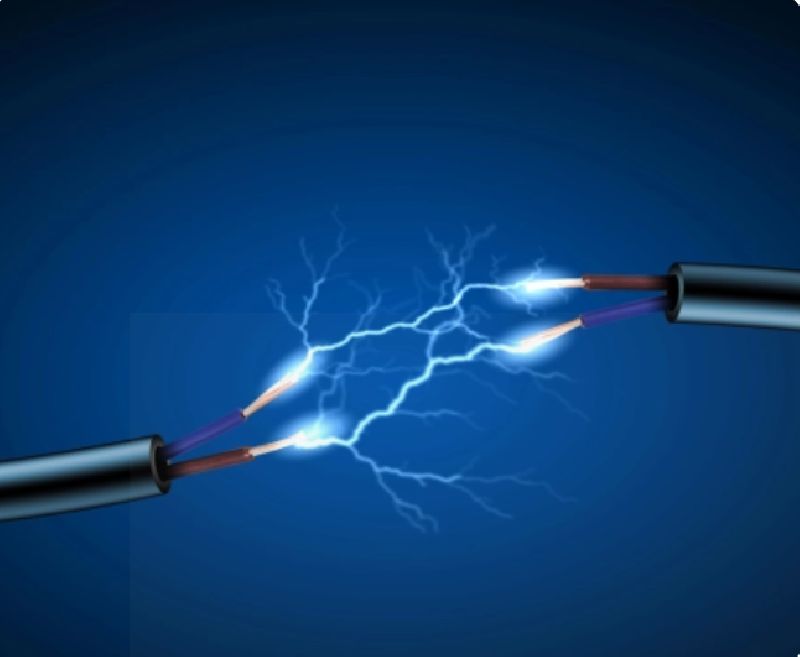
Course Code : M-ITIE01

Course Code : M-ITIE02

Course Code : M-ITIEN01

Course Code : M-ITIEN02
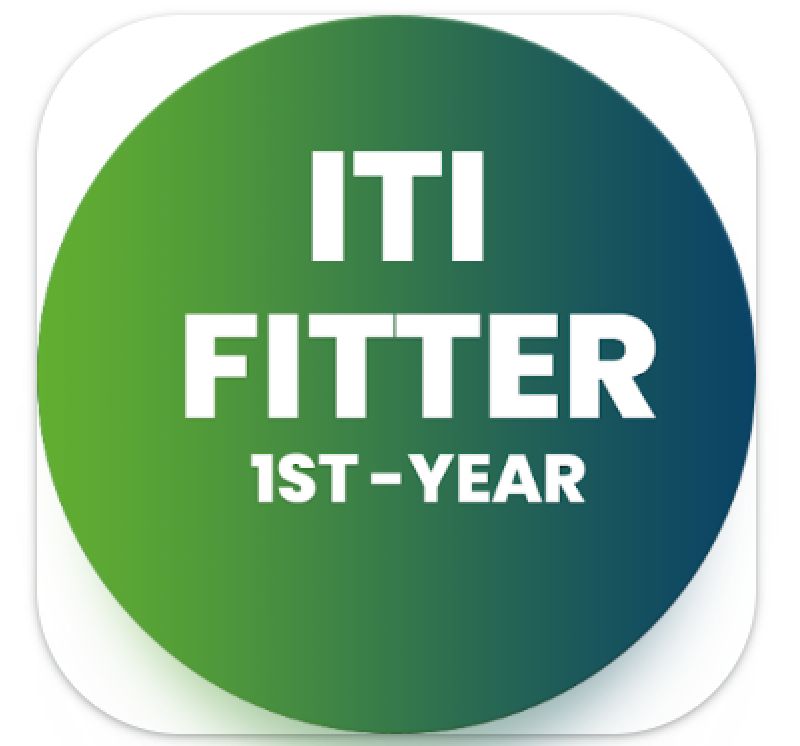
Course Code : M-ITIF01

Course Code : M-ITIF02
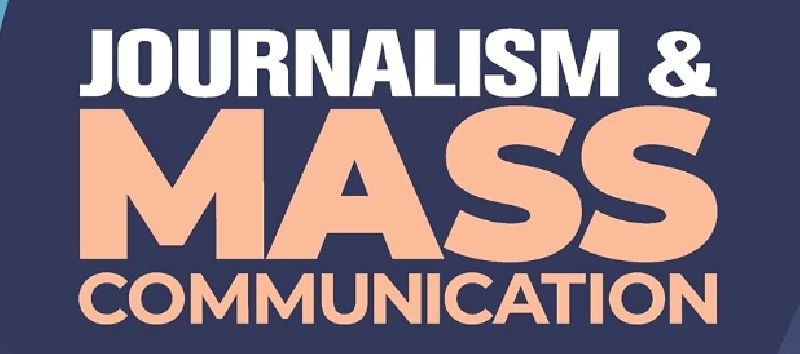
Course Code : M-DJMC01
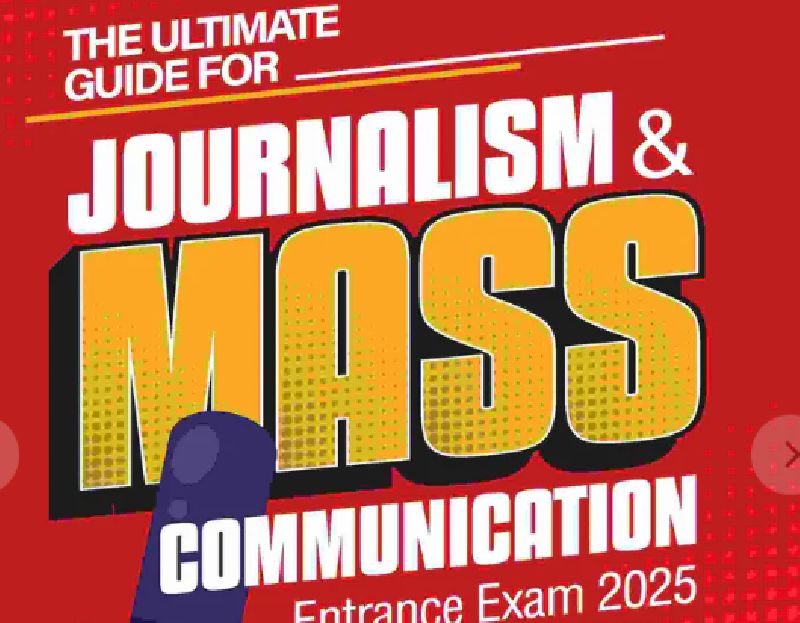
Course Code : M-DJMC02
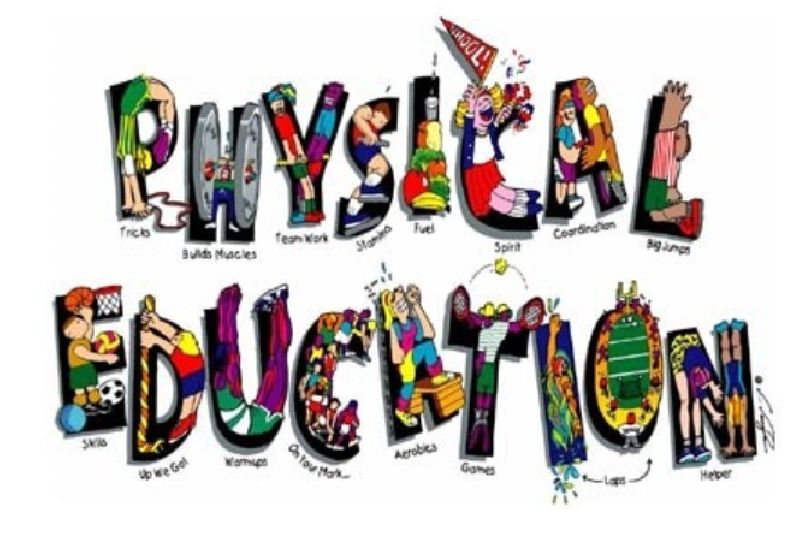
Course Code : M-DPE01
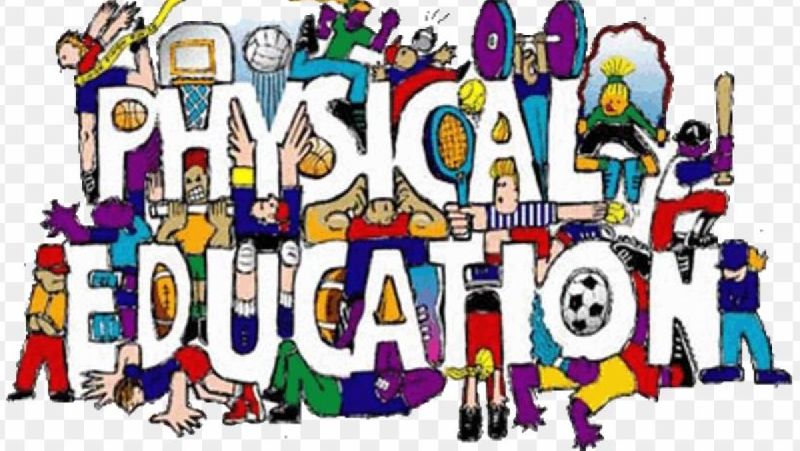
Course Code : M-DPE02

Course Code : M-CMSED01

Course Code : M-CMSED02
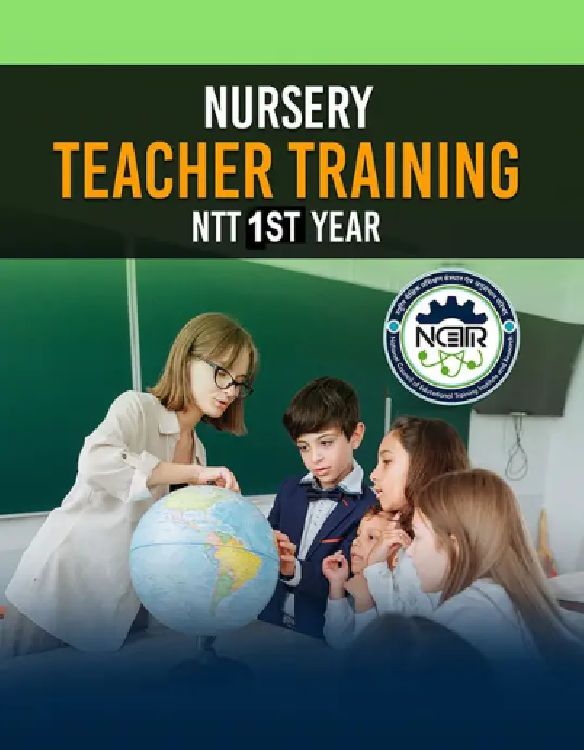
Course Code : M-NTT01
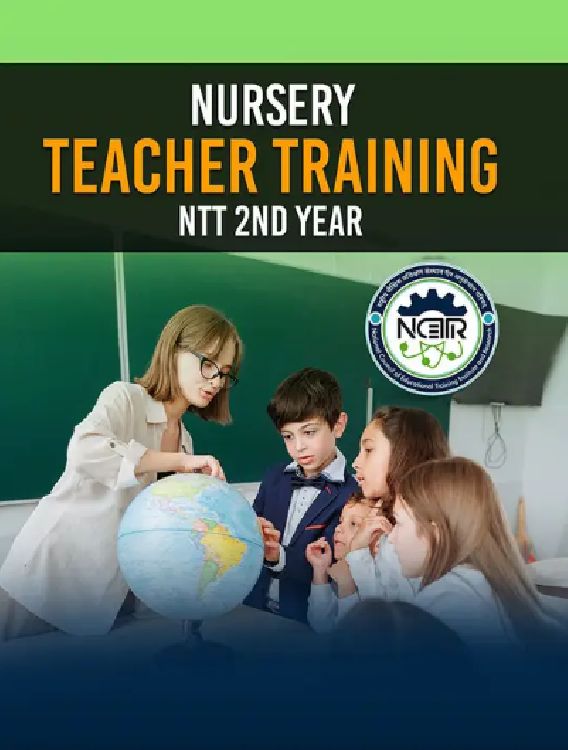
Course Code : M-NTT02

Course Code : M -01

Course Code : M-02

Course Code : M-03

Course Code : M-04

Course Code : M-05

Course Code : M-07

Course Code : M-08

Course Code : M-09

Course Code : M-10

Course Code : M-11

Course Code : M-12

Course Code : M-13

Course Code : M-14

Course Code : M-15

Course Code : M-16
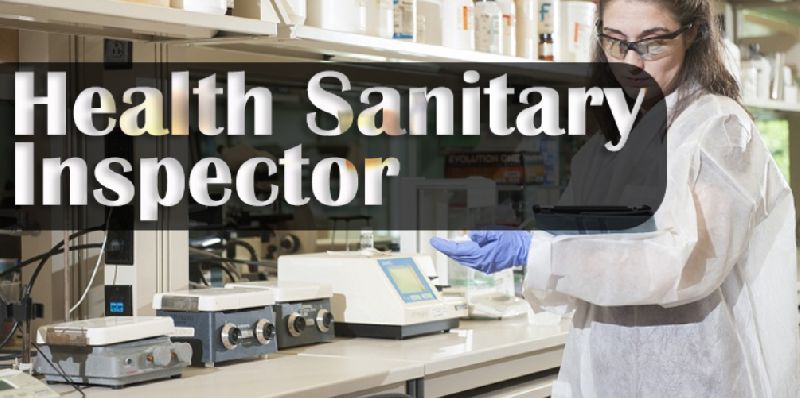
Course Code : M-17
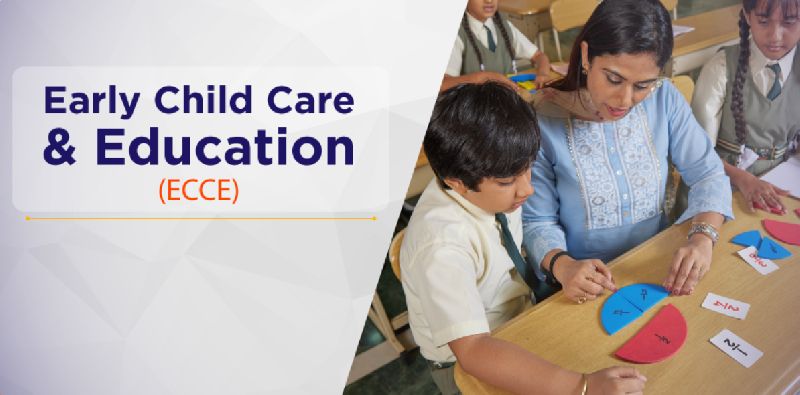
Course Code : M-18

Course Code : M-19
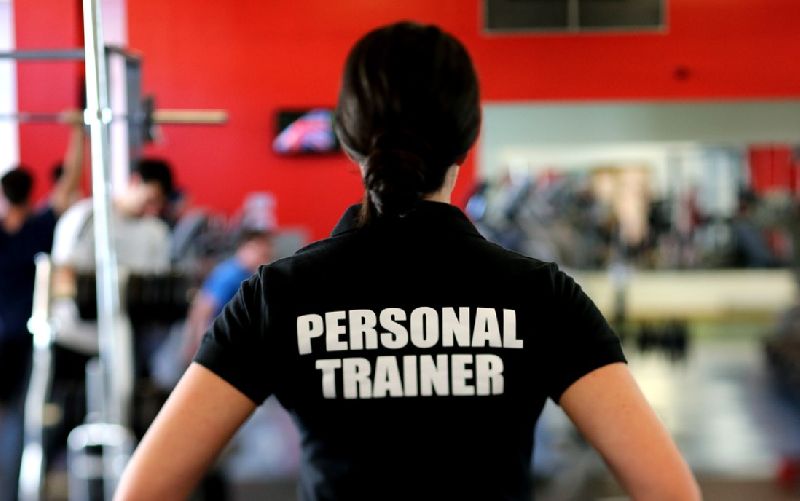
Course Code : M-20
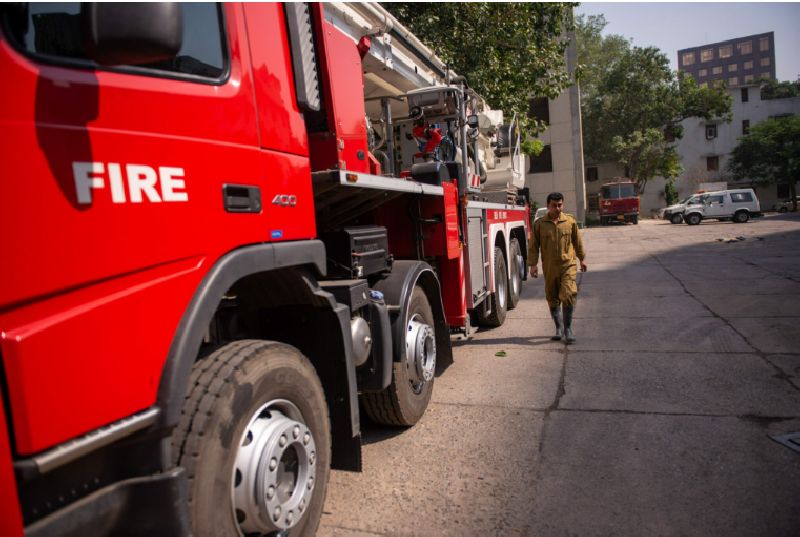
Course Code : M-21

Course Code : M-22

Course Code : M-23

Course Code : M-24

Course Code : M-25

Course Code : M-26

Course Code : M-27

Course Code : M-28

Course Code : M-29
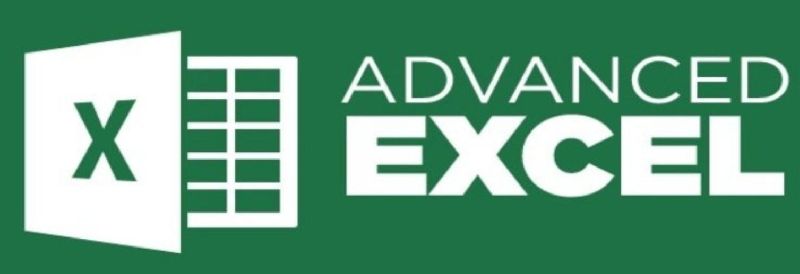
Course Code : M-30

Course Code : M-31
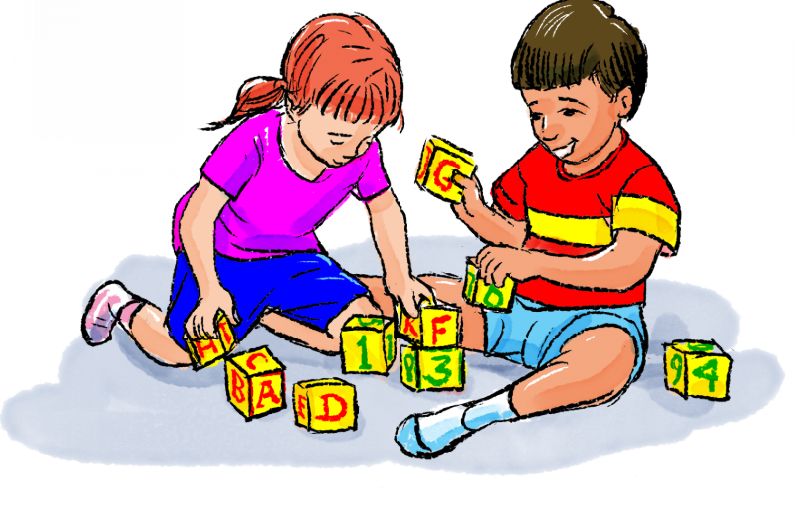
Course Code : M-32

Course Code : M-33

Course Code : M-34

Course Code : M-35

Course Code : M-36
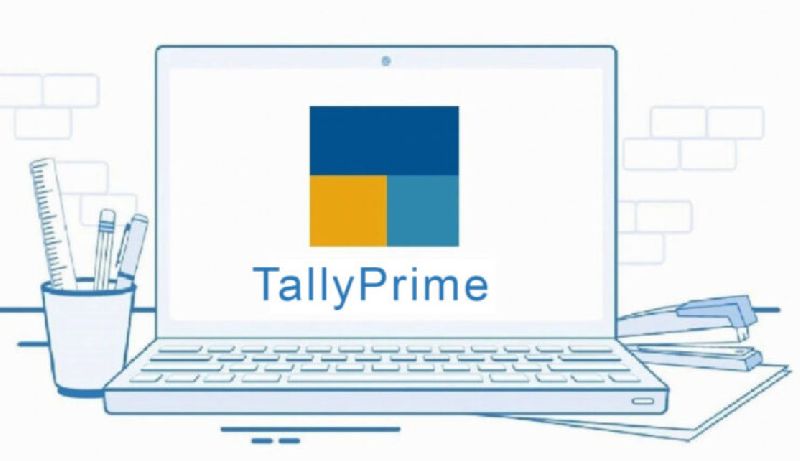
Course Code : M-37

Course Code : M-38
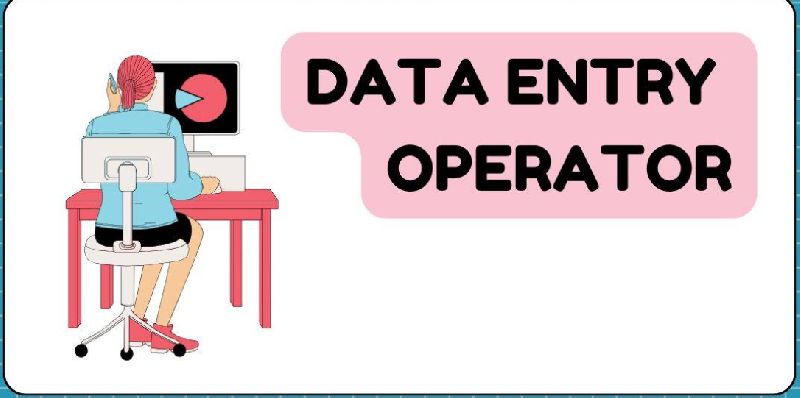
Course Code : M-39
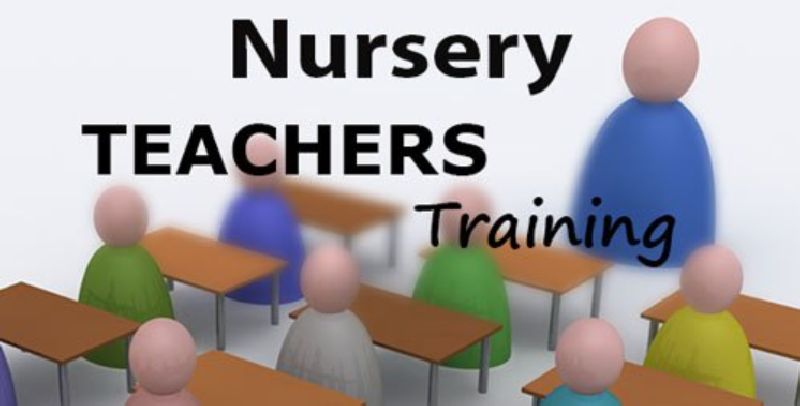
Course Code : M-41
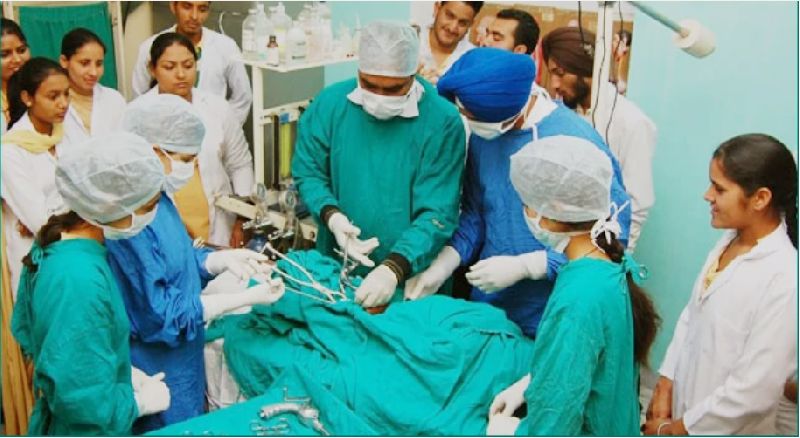
Course Code : M-42
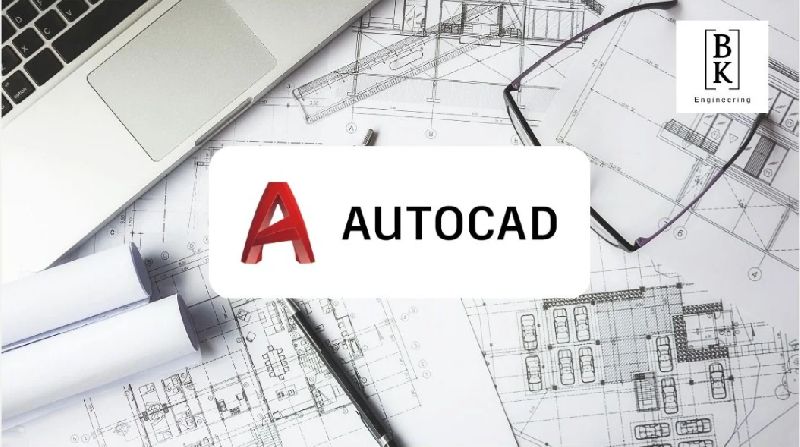
Course Code : M-43
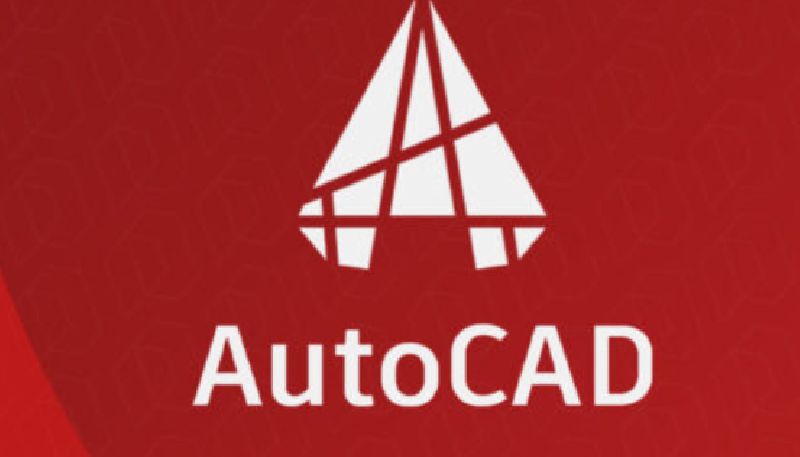
Course Code : M-44

Course Code : M-45

Course Code : M-46

Course Code : M-47

Course Code : M-48

Course Code : M-49
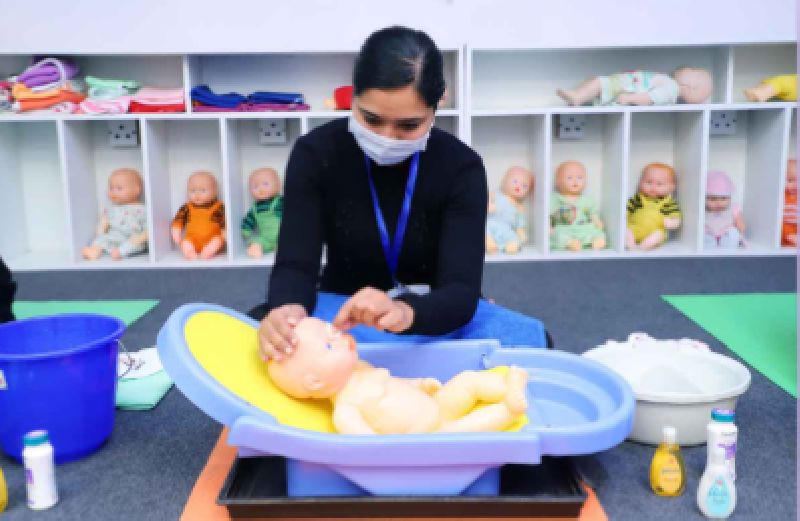
Course Code : M-50
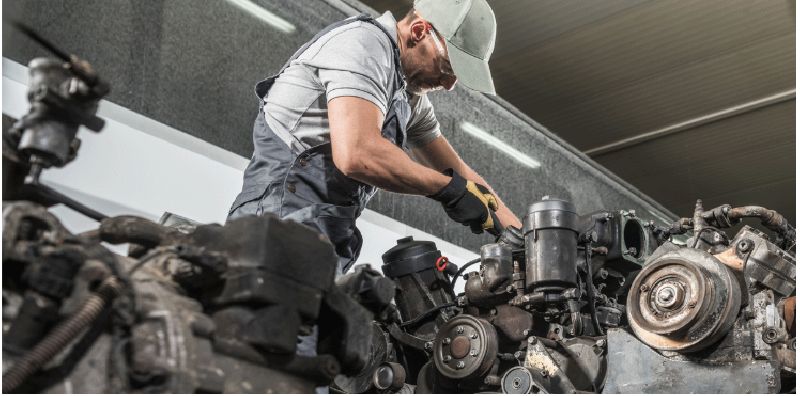
Course Code : M-51

Course Code : M-52

Course Code : M-53
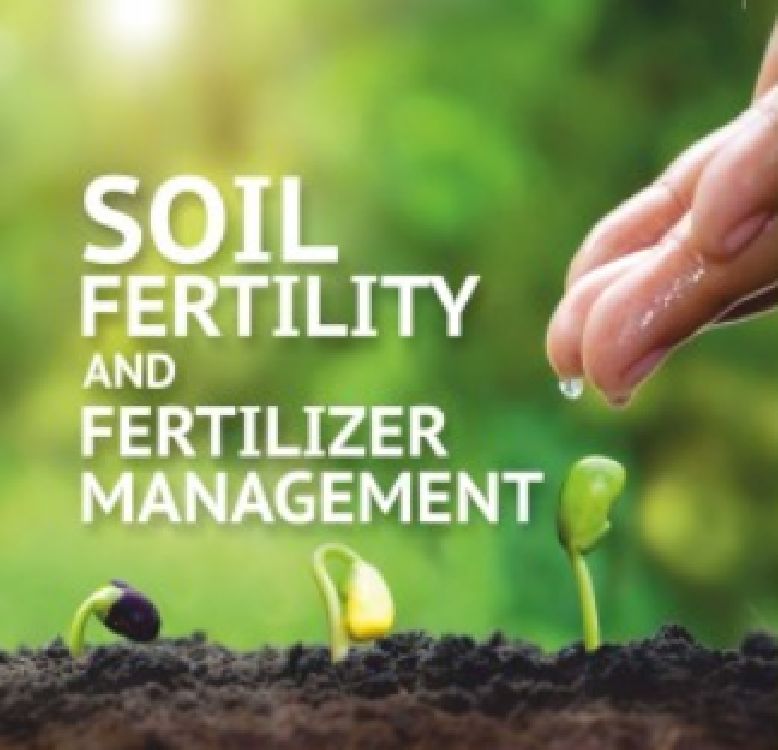
Course Code : M-54

Course Code : M-55

Course Code : M-56

Course Code : M-57

Course Code : M-58

Course Code : M-59
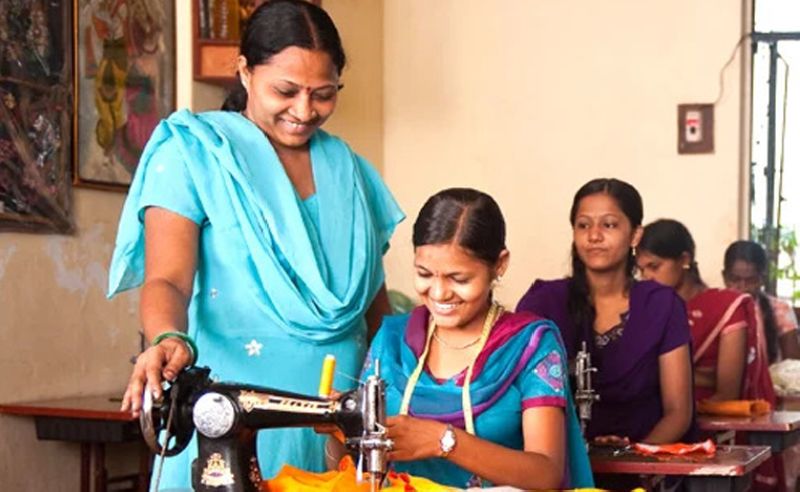
Course Code : M-60

Course Code : M-61
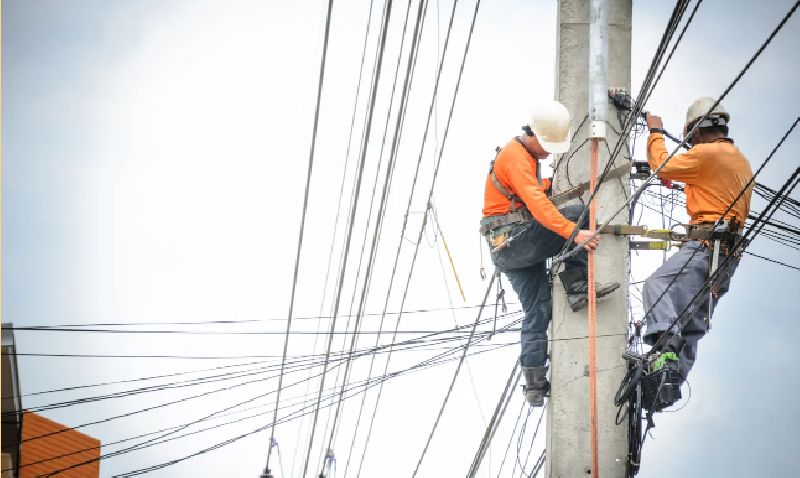
Course Code : M-62

Course Code : M-63

Course Code : M-64

Course Code : M-65

Course Code : M-66
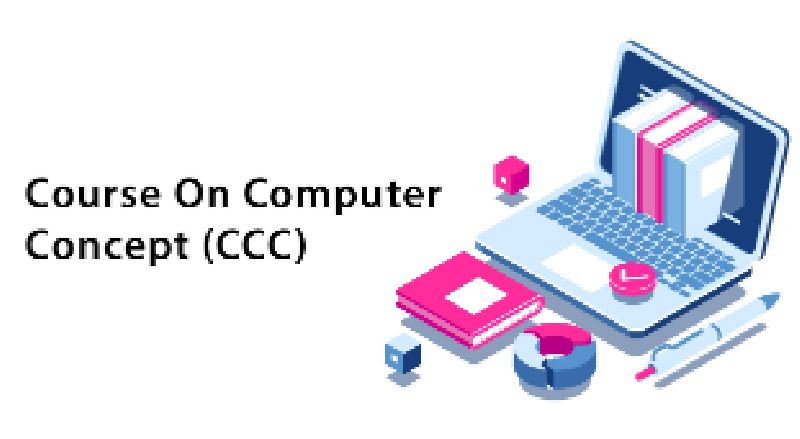
Course Code : M-67
